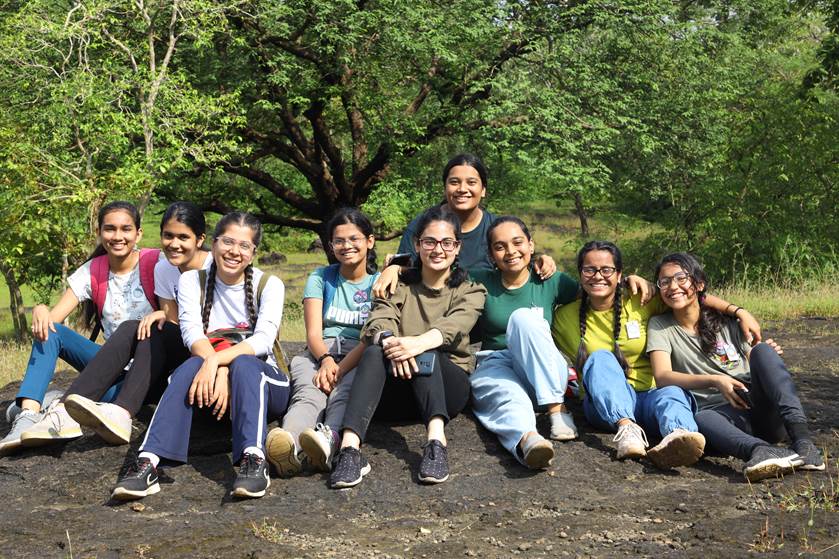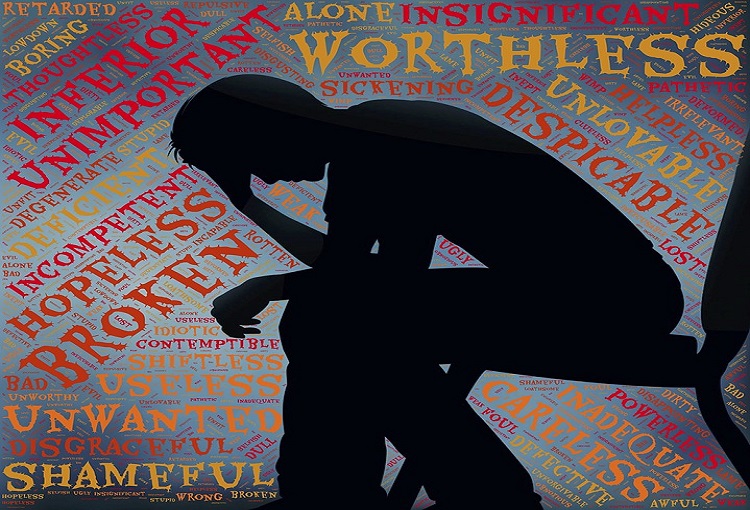Suicide is an attempt to escape pain and suffering, and not burdening loved ones any longer. The feelings of hopelessness, depression and worthlessness are associated with suicide.
While some suicides may occur without any warning signs, most people who are suicidal do show some warning signs, such as:
- Taking unnecessary risks and impulsivity
- Expressing a strong wish to die or to kill oneself
- Exhibiting anger and/or rage
- Talking about feeling hopeless or having no reason to live
- Talking about being a burden to others
- Acting anxious or agitated
- Isolating or withdrawing oneself
- Displaying mood swings
- Telling loved one’s goodbye
- Giving things away, such as prized possessions
- Referring to death via poetry, writings and drawings
- Changing eating or sleeping patterns
- Decline in performance
- Exhibiting dramatic changes in personality or appearance

Why do people harm themselves?
Reasons young people have given for their self-harm include:
- When the level of emotional pressure becomes too high it acts as a safety valve – a way of relieving the tension
- Cutting makes the blood take away the bad feelings
- Pain can make you feel more alive when feeling numb or dead inside
- Punishing yourself in response to feelings of shame or guilt
- When it’s too difficult to talk to anyone, it’s a form of communication about unhappiness and a way of acknowledging the need for help
- Self-harm gives a sense of control that’s missing elsewhere in life
- Some people self-harm with the intention of ending their life or they may be unsure about whether they want to survive, for example, taking an overdose and leaving it to fate to decide the outcome.
Some warning signs of self-harm include:
- Exhibit unexplained cuts or scratches; or always making excuses for having burns/marks or wounds on the body like the wrists, arms, legs, back, hips, or stomach
- Wearing hoodies or long sleeves even during hot days to conceal the wounds
- Have had a significant event in their lives, e.g. a breakup
- Isolation and avoiding social situations like spending long periods locked in a bedroom or bathroom
- Suffer poor academic/school performance when they usually do very well
- Finding razors, scissors, lighters or knives in strange places (i.e., the nightstand drawer or under the bed)
(CMHA, 2013; CSP, 2014)
- Ask how they are feeling.
- Do not be judgmental.
- Do not avoid the subject.
- Acknowledge their pain.
- Be supportive without reinforcing their behaviour.
- Educate yourself about self-harm.
- Do not promise confidentiality.
- Remind them of their positive qualities and things they do well.
- Try to have honest communication, where you take responsibility for any fears you have.
- Encourage them to seek professional help by offering to help them find support (see useful contacts).
So, if anyone around you (or you for that matter) is going through a stressful time and has suicidal tendencies, you can seek help from a specialist at the numbers listed below.
1. Sanjivan
Website : http://sanjivinisociety.org/
Centre 1: 011-24311918 , 011-24318883 , 011-43001456
(Monday to Friday : 10am to 5.30 pm)
Centre 2: 011- 40769002 , 011-41092787
(Monday to Saturday : 10am to 7.30pm)
2. Sumaitri : 011-23389090
Weekdays : 2pm to 10 pm
Sat and Sun : 10am to 10pm
3. ICALL ( Operated by TISS ) – 022-25521111
(Monday to Saturday : 10am to 10 pm)
Website: http://icallhelpline.org/
4. Fortis 24*7 Stress Helpline : +91-8376804102
5. Lifeline Foundation : 033-24637401 , 033-24637432
Monday to Sunday : 10am to 6pm
Website: https://lifelinefoundation.co.in/
6. Ngo Space : LGBT (Transgender Community Helpline) : 1800111015
For more numbers visit:
Note: Manotsav Foundation does not own, operate or run the helpline numbers listed above. The helpline numbers are shared for referral use only, and we do not make any recommendation for the quality of response and medical advice you might receive from any of the helpline and organizations.
© All copyrights of the content are reserved to Manotsav Foundation.


